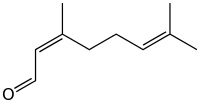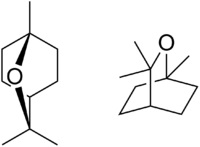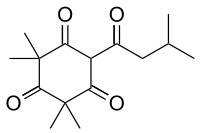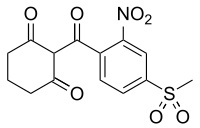13 July 2017
This July SCI was pleased to launch the new SCIence Garden, at SCI Headquarters as part of the AGM and Summer Reception. Dr Alison Foster, of SCI’s Horticulture Group, introduced the diverse array of plants, representing SCI’s technical and regional groups, plus showcasing the connections between all areas of chemistry related science and highlighting the intrinsic role played by natural resources and the environment in industry. It was a beautiful summer evening to launch the new garden, which provided a space for people to network and reflect on the activities and achievements of the Society.
Dr Foster is an Interpretation Executive at the Royal Botanic Gardens, Kew, and is Group Secretary for SCI’s Horticulture group. As well as being an active committee member, she regularly contributes a ‘Plant of the Month’ to the Group news. Below she describes the plants for July and June respectively; Aloysia citriodora (lemon verbena) and Melaleuca citrina (lemon bottlebrush).
SCI would like to take this opportunity to thank Dr Foster and the Horticulture Group for all their support in establishing the SCIence Garden.
Plant of the Month:
July: Aloysia citriodora, lemon verbena, Verbenaceae

Lemon verbena was first brought to Europe in the 18th Century and reached England when John Sibthorp, Sherardian Professor of Botany in Oxford (1784-1796) brought it back from Paris. By the end of the 18th Century it was being widely grown.
The lemon scent of the leaves when crushed is due to the presence of limonene, and the citral isomers neral and geranial.
The essential oil is said to have a wealth of beneficial properties from antiseptic to anti-depressant.
Whatever its potential medicinal benefits, the leaves definitely make a lovely and very refreshing tea. Try it some time!
Geranial
Neral
Limonene
June: Melaleuca citrina (Callistemon citrinus), lemon bottlebrush, Myrtaceae

Named Melaleuca citrina in 1802, this species was already reasonably widespread in cultivation in Britain by then, but to add even more confusion to the picture it was then known as Metrosideros citrina after an illustration was published in Curtis’ Botanical Magazine in 1794. This was one of the first Australian plants to be grown in Britain after being brought here by Joseph Banks in 1770.
The flower spikes, for which the plant gets its common name of bottlebrush, are made up of many individual small flowers. The petals are actually very short and insignificant and it is the coloured filaments which bear pollen on the anthers at their tips that make up the showy part of the flowers that give the plant the common name.
When the leaves are crushed they give off a citrus like odor. The major components of the essential oil derived from the leaves are 1,8-cineole and α-pinene. The essential oil shows strong antibacterial properties against a range of gram positive bacteria.
This plant, along with others in the myrtle family, contains another interesting chemical called leptospermone. This substance was first identified in 1927 and later isolated from a range of plants in the 1960’s. However, it was not until 1977 that it was first isolated from a plant of Melaleuca citrina (then known as Callistemon citrinus) growing in California. A researcher working for the Stauffer Chemical Company observed that very few plants were growing under these bottlebrush bushes. He took soil samples from underneath the plants and eventually identified the herbicidal component. However, it was not potent enough to be of practical use. A discover research programme followed based on the structure of leptospermone and the final outcome was the herbicide mesotrione, known under the brand names Callisto and Tenacity. This substance acts by inhibiting the plant enzyme 4-hydroxyphenylpyruvate dioxygenase (4-HPPD). This enzyme is involved in carotenoid biosynthesis. Without carotenoids to protect the chlorophyll in the leaves, sunlight degrades the chlorophyll and the plant dies.
2 different ways of drawing 1.8-cineole (also known as eucalyptol)
Leptospermone
Mesotrione







